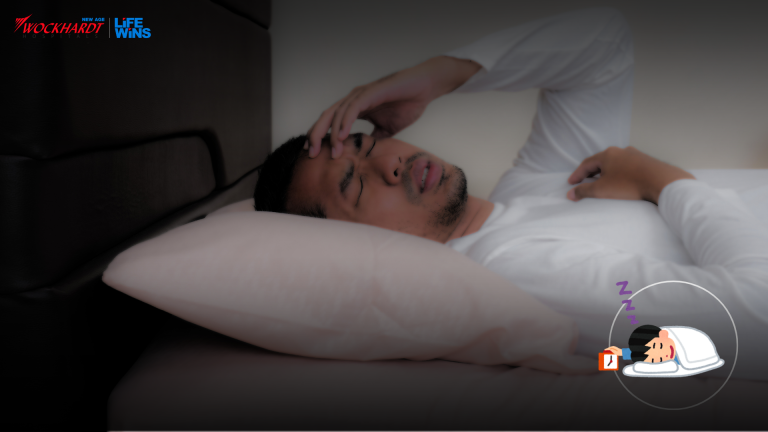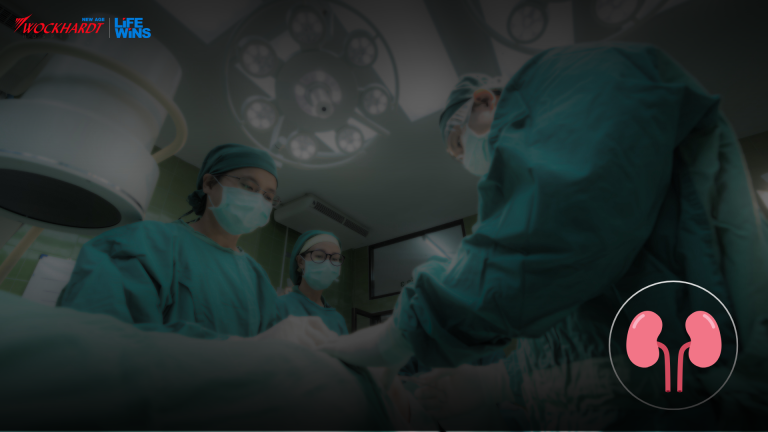
How dangerous is it to ignore borderline sugar that is prediabetes?
People with prediabetes have higher blood sugar than normal, but not high enough yet for a diabetes treatment. Borderline diabetes (prediabetes) is the stage when the person gets type 2 diabetes. It happens due to impaired fasting glucose or glucose even intolerance. It means the blood sugar levels are not in the recommended range but not that high to term it diabetes. Ignoring it is a strict no-no as there are many complications related to it. In the below article, we tell you about the causes, signs, and dangers of borderline sugar. Prediabetes is a serious health condition. People with prediabetes have higher blood sugar than normal, but not high enough yet for a diabetes treatment. The fasting blood sugar level of 100-125ml/dl indicates that one is prediabetic. More than 126/dl or higher indicates you are pre-diabetic. HbA1C levels of 5.7-6.4 indicate prediabetes and a level of more than 6.5 indicates diabetes. The risk factors of prediabetes are obesity, being 45 years or older, lack of physical activity, having a parent, brother, or sister with type 2 diabetes, unhealthy diet: diets high in sugar and processed foods not only raise your blood pressure and bad cholesterol (LDL) and smoking puts you at risk of prediabetes. The causes: Insulin is a hormone made by the pancreas to convert glucose into fuel. When one eats a meal, the carbohydrates present in the food get converted into glucose, otherwise known as blood sugar. That glucose stays in your bloodstream until your pancreas releases insulin. The insulin acts like a key that opens your cells to allow the glucose to enter, where it’s then used to fuel your body. During type 2 diabetes, the pancreas can still produce insulin, but insulin becomes less effective and the cells fail to absorb glucose. Thus, the body becomes resistant to insulin during the prediabetes stage. Symptoms of prediabetes are increased thirst, increased hunger, fatigue, unexplained weight loss, even if eating more and frequent urination, a dark patch on the neck, armpit, groin, or elsewhere could mean that you have too much insulin in your blood, thickening skin on the fingers, toes, sudden blisters. How to diagnose prediabetes? It can be detected via blood glucose tests and HBA1C tests. Complications seen due to prediabetes: One can suffer from a stroke, eye damage, skin infections, hypertension, neuropathy, sleep apnea, and kidney damage owing to prediabetes. This is how you can manage prediabetes: Avoid foods that are WHITE like polished rice and sugar. Go Green (include vegetables and fruits in the diet). Eat fresh fruits, vegetables, whole grains, pulses, and lentils. Try to chew the food thoroughly, and eat in small quantities. Cut down on alcohol, smoking, junk, spicy, oily, and canned food. Opt for non-starchy vegetables such as leafy green vegetables, onions, broccoli, cabbage, cauliflower, bell peppers, mushrooms, and cucumbers. Exercise daily without fail for at least half an hour, play a sport of your choice, stay stress-free, maintain optimum weight and lead a healthy life. Choose boiled and grilled food instead of fried foods. Limit the intake of sweets, desserts, and colas. Dr. Sudarshana PatilConsultant Physician Intensivist & DiabetologistWockhardt Hospitals, Nashik To book an appointment call: +918669998260 Source: https://www.financialexpress.com/lifestyle/health/how-dangerous-is-it-to-ignore-borderline-sugar-that-is-prediabetes/2811083/




































